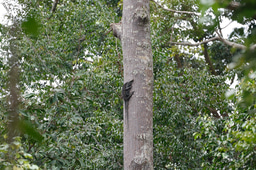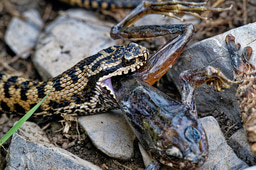Celebrating work!
Locally led conservation: by the people, for the people!

Locally led conservation: by and for the people!
Have you ever considered utilising biodegradable potting bags? Here, we're teaching the Tswaka Three Giant Sister Caves CBO how to produce and utilise biodegradable potting bags.
In the aim of promoting agroforestry and energy-saving activities as approaches to restore degraded environments. #Angazavijiji





Please sign in or register for FREE
If you are a registered user on WildHub, please sign in
Thank you for sharing your update, Josephine—it's great to hear about your work!
If you're open to it, I’d love to hear more about your reflections. For example:
What lessons have you learned that others working in conservation might find helpful?
Is there something you wish you’d known before you began this work?
Are there any gaps you’ve noticed in how this topic is approached or talked about in the sector?
Sharing these kinds of insights can really benefit others in the community who are navigating similar challenges. If helpful, our contributor guidelines might also offer a bit of inspiration: https://wildhub.community/pages/Contributor-guidelines
Looking forward to hearing more!
Also, I thought your experience and perspective could really enrich this related conversation on Decolonising Conservation in Africa—if it speaks to you, feel free to share your thoughts there too: https://wildhub.community/discussions/decolonising-conservation-in-africa
Thanks alot Thirza.
Effective conservation should be led locally
Local communities know more about the species more than conservationists and researchers. Local communities are enriched with indigenous knowledge and traditional methods of species conservation.
Conservation is an ever-changing field, and citizen science is essential. Trainings that improve the capacity of local communities promote effective species conservation.
I wish I had known about the power of capacity building earlier. All environmentalists and conservationists should put training first.
Because conservation is dynamic, individuals are shifting from traditional conservation methods to technology-based conservation methods. As someone working on endangered species conservation, conservation technologists should assist us in developing an application or methodology for monitoring bat population dynamics.
Thanks for this Thirza.